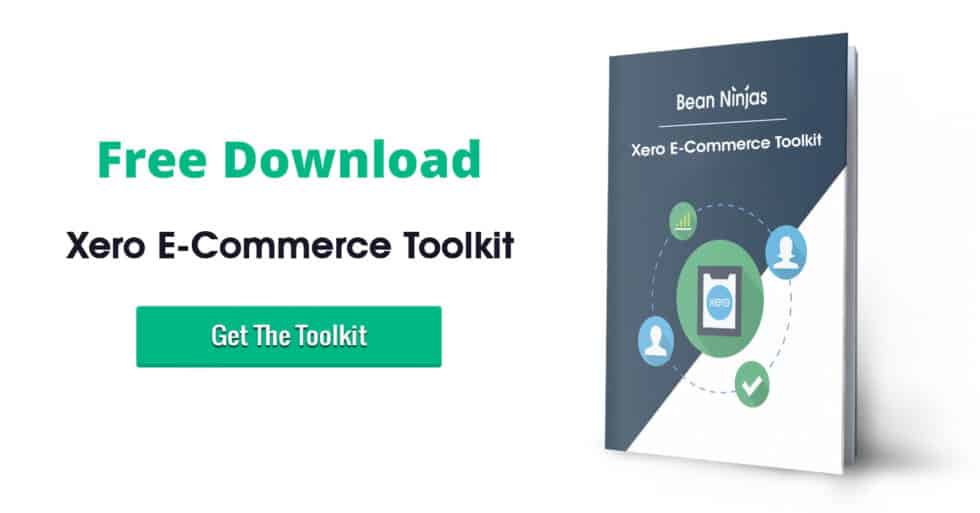If the thought of filing taxes for your eCommerce business every year has you stressed out and worried that you are not going to have enough money to pay Uncle Sam, then you may need a better system.
In this post, we’ll cover how you can use the Profit First framework to simplify your tax prep, get a better hold of your finances, and reduce the stress year-round not just at tax time.
Article Contents
What is Profit First Accounting?
In its simplest terms, the Profit First Philosophy formula is:
Sales – Profit = Expenses
Profit First Accounting is a cash flow management system, which focuses on profit instead of revenue or expenses.
Essentially, you have five plates: revenue, taxes, owner’s pay, operating expenses, and profit. You set aside funds twice a month for your profit, taxes, and owner’s pay – and what’s left over is what the company has to spend on your operating expenses.
This is less stressful for business owners because you’ve set aside and intentionally planned for the debts owed, including your taxes.
Profit First embodies the principle of “out of sight, out of mind.” As you generate more revenue, you automatically remove a portion for your taxes from your immediate access so you won’t be tempted to spend it. And, you’ll have enough money set aside to pay the IRS.
Pro Tip: We recommend setting up your second Tax HOLD account at a different bank. This makes it even harder to go in and “use” the tax money for other things.
Take the stress out of tax time

The most important factor in reducing tax time stress is to be proactive. Waiting until just before the deadline is not only stress-inducing, but increases your chances of making a mistake, missing important information, or paying more than you have to because you miss a deduction.
Planning throughout the year and using a set, clear system like the Profit First method will make tax time much easier for your ecommerce business.
Here are some additional tips that eCommerce sellers can use to keep their finances on track and minimize the stress that comes with filing your business taxes.
Keep your business and personal finances separate
Be diligent throughout the year to keep your business and personal banking separate. This will ensure all business expenses are accounted for, and you won’t be combing through your bank statements with a highlighter to identify which purchases were for your business.
One way to ensure your finances are tidy is to use a cloud-based accounting system like Xero. Xero integrates seamlessly with your bank feed, Stripe, Shopify, Amazon, and many more integrations allowing you to categorize your expenses throughout the year.
You’ll be able to view all necessary financial reports, including a profit and loss statement, a balance sheet, and a detailed general ledger (GL).
Get a better handle around inventory

Inventory is one of the biggest – if not the biggest – expense that eCommerce businesses have. Most are funding inventory purchases on credit cards and maybe the occasional loan. We recommend using inventory management software to help with inventory forecasting.
- Know your turnaround times for each item. And, how long will it take to restock?
- How do you know if you are ordering too much or not enough? Look at sales trends, as well as your inventory lead time.
- What happens if the inventory doesn’t sell? Do you discount?
- What are the storage costs for distressed or unsold inventory?
- What is an acceptable level of refunds and returns for a product? Do you have a system for investigating WHY these products are coming back?
- Am I making enough money on each product to pay for the product, taxes, and my team? One KPI to monitor is your contribution margin. This is the total earnings available to pay for fixed expenses and to generate a profit after covering your product costs, shipping etc.
- What is the lowest Gross Margin I can run and still make a profit?
Pro Tip: A 30% gross margin for your product portfolio is a good benchmark. - Am I profitable across each product but also the entire portfolio of products?
- How do I write off any inventory debt?
Make sure you have performed a stock-take and written off any distressed inventory before year end, which will reduce your tax bill.
This will affect how inventory is recognised in your accounts at year end.
Set up a separate bank account for inventory
In addition to the foundational five bank accounts in the Profit First method, it is crucial you are setting aside funds for inventory, which can be used for your next order and to reduce your reliance on debt to fund purchases.
Before you make your allocations, you should first set aside funds for your future Inventory purchases and then allocate the rest to your profit, owners pay, tax and Opex accounts.
And, if you are currently using credit cards for inventory purchases, consider getting a separate card for inventory purchases, to help you better track this spending instead of it being wrapped up in the rest of your Operating Expenses. Falling into this trap of using credit cards/debt to keep the business running can hide issues such as not making a decent margin for certain products.
Pro Tip: Building up a separate account called your Vault or “War Chest” is also a great backup to help prepare you for any cash flow issues such as seasonal swings in your business, or if your account is suspended.
Work with a tax accountant and a bookkeeper
You might be used to handling different aspects of your business on your own, but it pays to enlist the expertise of an accountant and ideally a bookkeeper early on.
For starters, they can help you reconcile your payments to ensure your accounting records match your bank statements.
In addition, a qualified tax accountant will also be able to save you money on your taxes by helping you find deductions and other tax incentives.
For example, if you need to order an expensive piece of equipment or a large amount of inventory, they can work with you to tell you the right time to make the purchase, ensure it is categorized correctly in your GL, and potentially save you money on your taxes.
Pro Tip: It can be easy to fall into the trap of spending money at the end of the year to save on taxes. However, this only saves you money if you can afford to pay it off in full at the time of purchase. Running a profitable business should be the focus.
Avoid this common mistake
The most common mistake ecommerce entrepreneurs make is not sending the proper reports to their accountant. For example, not having a P&L and balance sheet. These reports are crucial and must be accurate.
Without having a good picture of your company’s finances, you can’t estimate the taxes that will be owed. When tax time comes around, unprepared companies will find they haven’t set aside enough money to pay the IRS.
Related: The Top 7 eCommerce Accounting Mistakes Not to Make
***
Taxes are inevitable. Like Christmas, they’re guaranteed to happen once a year. One way for ecommerce businesses to minimize stress is to use the Profit First framework.
Want help to get started preparing your business for tax time? Download our free Xero ecommerce toolkit.





